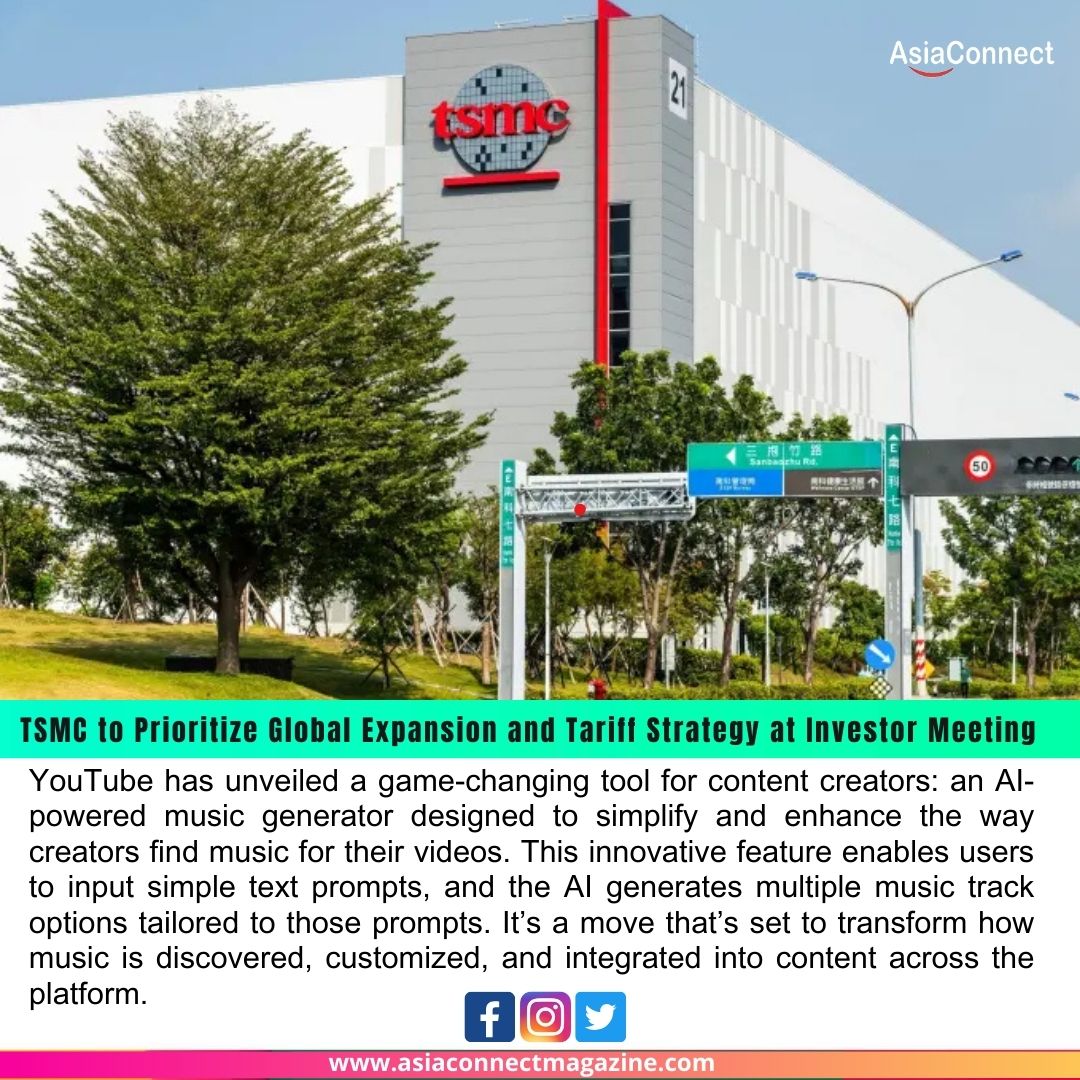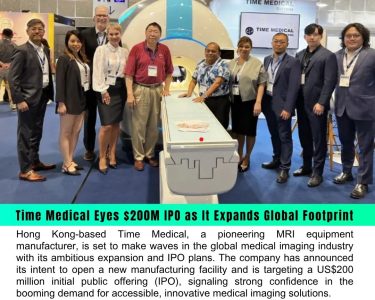Taiwan Semiconductor Manufacturing Company (TSMC), the world’s leading semiconductor foundry, is set to address its global expansion plans and the impact of international trade tariffs during its upcoming investor meeting. As the semiconductor industry navigates increasing geopolitical and economic uncertainties, investors are keen to understand how TSMC plans to maintain its leadership position while managing rising costs and supply chain challenges.
Strategic Expansion Amid Global Demand
TSMC’s strategic expansion is a central focus as the company ramps up its international footprint to meet surging global demand for advanced chips. With manufacturing sites being developed in the United States, Japan, and Germany, TSMC is aligning its infrastructure with regional supply chain needs and government incentives. These global investments are part of a broader effort to diversify production away from Taiwan, mitigating geopolitical risks and ensuring continued supply to key markets.
The Arizona plant, in particular, represents a major step in TSMC’s U.S. strategy, with plans to manufacture cutting-edge 3nm and 5nm chips. Similarly, the company’s Japanese facility aims to strengthen its position in the Asian market beyond Taiwan. These expansion efforts are expected to be a focal point of the investor meeting, where TSMC may provide updates on timelines, capital expenditure, and expected capacity output.
Addressing Tariffs and Trade Uncertainty
In addition to expansion, TSMC is expected to address how it is managing the impact of global tariffs and trade tensions, particularly between the U.S. and China. As a critical supplier to major tech companies such as Apple, NVIDIA, and AMD, TSMC operates at the heart of the global tech ecosystem. Shifts in trade policy can affect pricing, supply chain decisions, and long-term customer relationships.
Investors will be looking for insights into how the company plans to minimize the financial strain from tariffs and continue stable delivery to key partners. TSMC’s ability to absorb or mitigate these costs will play a critical role in maintaining profit margins and customer confidence.
Capital Spending and R&D Priorities
Another area of interest will be TSMC’s capital expenditure for 2025 and beyond. The company has consistently invested heavily in research and development (R&D) to stay ahead in the advanced chip manufacturing race. With AI, high-performance computing, and automotive chips driving demand, analysts expect TSMC to reaffirm its commitment to innovation.
Increased R&D investment and continued focus on advanced node technologies such as 3nm and upcoming 2nm processes are likely to be key talking points. Investors are also keen to learn about the projected returns from TSMC’s new facilities and the expected time frame for ramping up production.
Conclusion
As TSMC prepares for its investor meeting, the spotlight will be on how the company balances expansion with economic and trade volatility. Investors will be looking for clear guidance on capital spending, geopolitical risk management, and strategic growth. With the semiconductor industry undergoing rapid transformation, TSMC’s direction in 2025 will significantly influence the broader tech and manufacturing landscape.





